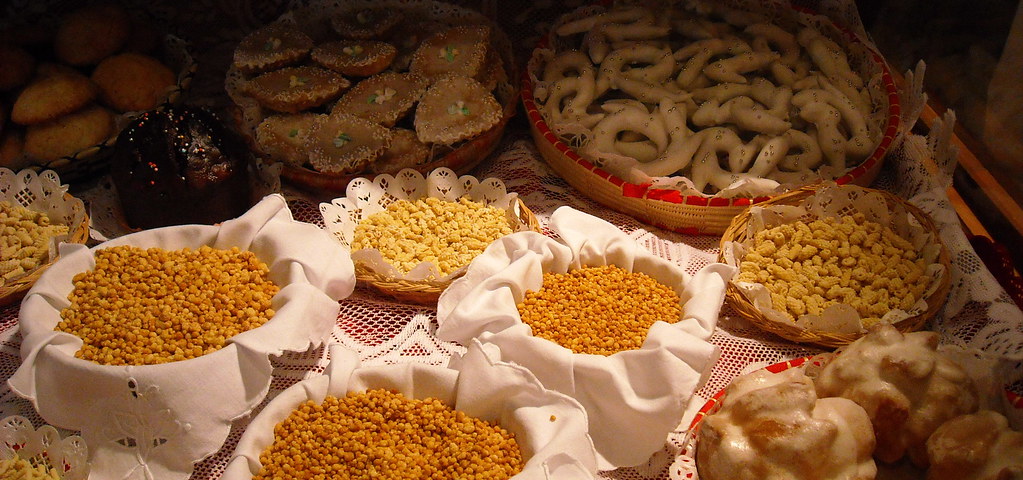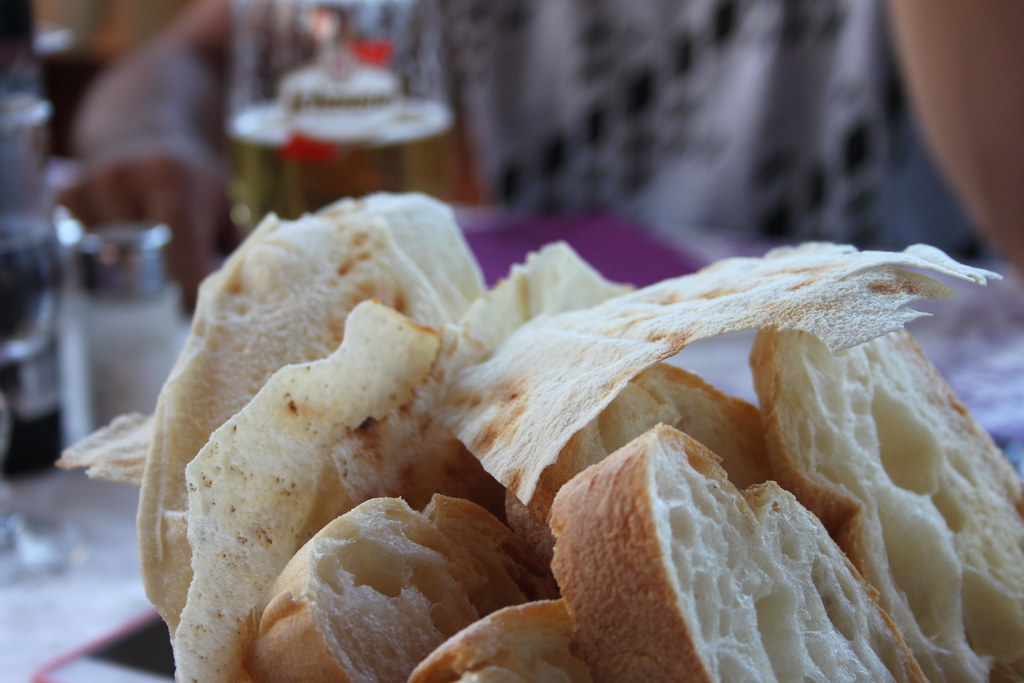The Sardinian cuisine it originates from ancient traditions that the Sardinians wanted to keep intact: in fact they remained "pure" without any “contamination” external. Unique recipes that not even time has scratched!
Even the origins of some recipes are unknown, because having been handed down from mother to daughter and from family to family, nobody knows where they originally came from.. at: all Of certain recipes their origins are not known in past times, because jealously handed down from mother to daughter for generations and generations.
The 7 recipes to eat in Sardinia
Obviously all the dishes are excellent but there are 7 dishes that, if you go to Sardinia for the first time, you can't not taste it: are the Sardinian dishes par excellence that are known all over the world. I'm from
You can eat well everywhere, as in Italy on the other hand. But there are things that one, mainly if he comes to Sardinia for the first time, he should really taste it for saying he knew traditional Sardinian cuisine.
Here they are…to be savored only by reading!
Let's start to discover the Sardinian culinary world:
- He pane carasau: also called “music paper” for its subtlety and crunchiness due to double cooking. It was prepared in homes once a month: to prepare it the whole family gathered because more arms were needed. Today, only a few families, they prepare it for their needs because, Now, there are bakeries that take care of it: It can be eaten wet seasoned with tomato sauce, pecorino, eggs and frattau bread;
- The bottarga: it's about fish eggs dried (usually mullet or tuna). They are a delicacy: it can be eaten as an appetizer accompanied by celery, artichokes or cherry tomatoes seasoned with a good olive oil but its main use is on spaghetti;
- The rut: is a pasta specialty typical of southern Sardinia. Its typicality is that they look more like grains of wheat than pasta. Originally, it was always the women who prepared it, sprinkling the water on the table where the flour was scattered: the drops of water, they were "moved" with the fingers, until the balls are used to knead the dough rut. They are eaten by combining them with seafood or clams;
- The pecorino cheese: Roman pecorino comes from the hands of Sardinian shepherds who moved to Lazio and Tuscany to produce cheese. But they made the mistake of not registering the trademark. It is a very tasty cheese,which can be enjoyed both fresh but also passed on the grill and eaten with carasau bread and seasoned;
- The seada: and the Sardinian sweet for excellence. It is called in different ways depending on the area where it is prepared. It is a puff pastry filled with cheese, fried and topped with Sardinian honey;
- The torrone: its production takes place in the area of Nuoro. It is prepared only with honey and different types of dried fruit: almonds, hazelnuts and walnuts;
- The malloreddus: it is a pasta shape typical of the Campidano. Today it is the pasta factories that deal with their preparation but in ancient times it was the housewives who prepared this pasta with an extraordinary shape: a shape between the gnocchi and the orecchiette. Unique all over the world!





